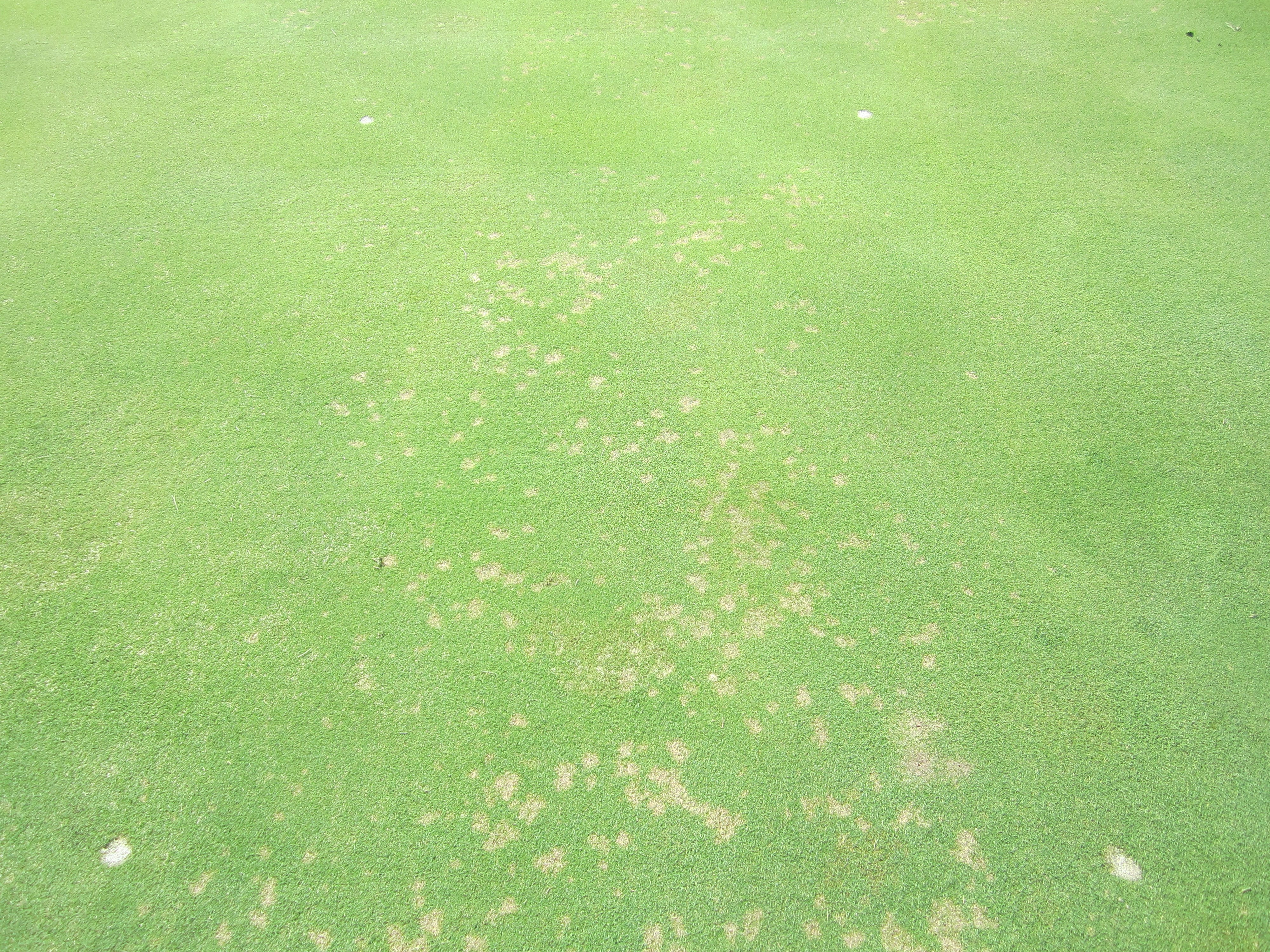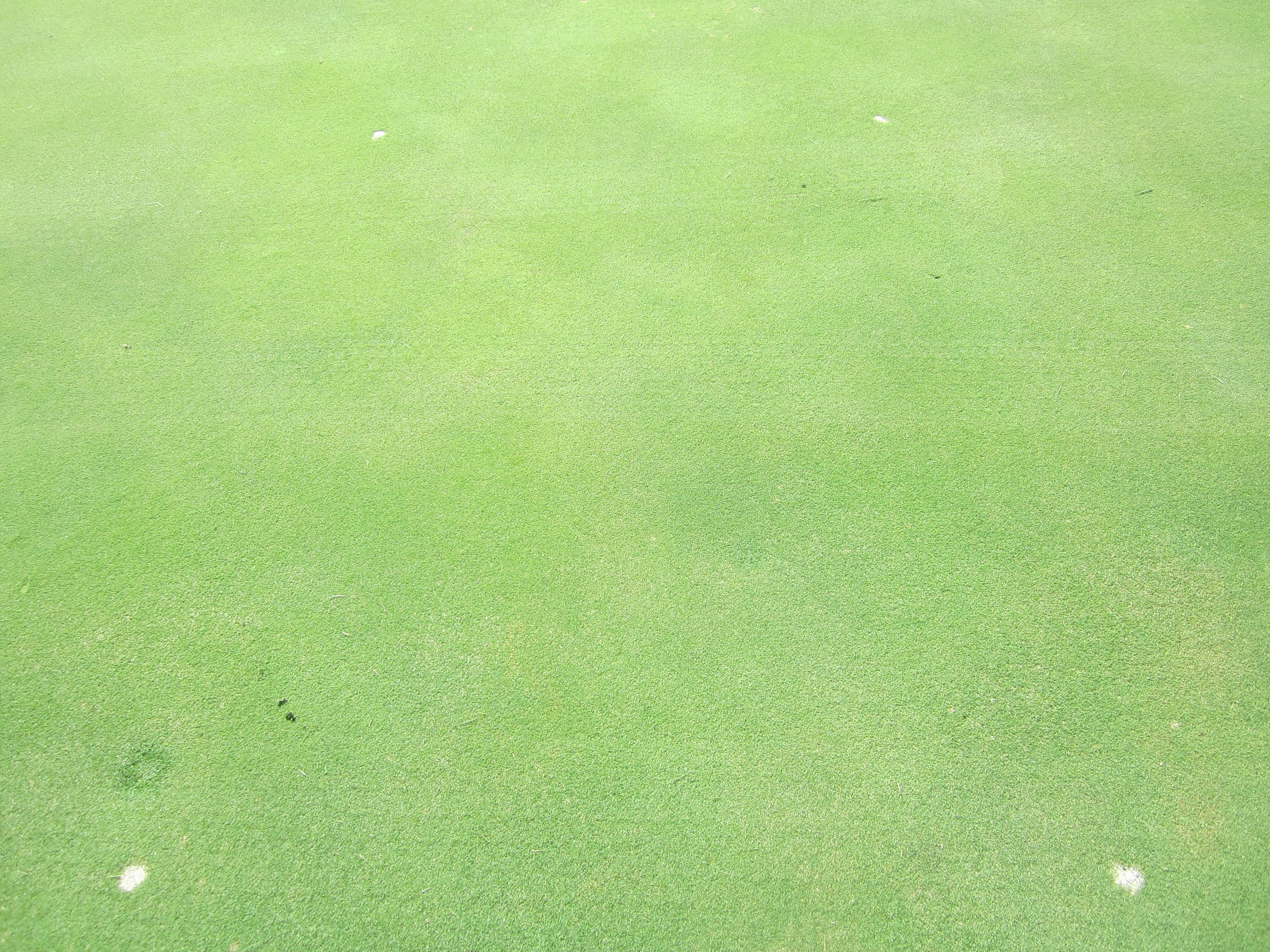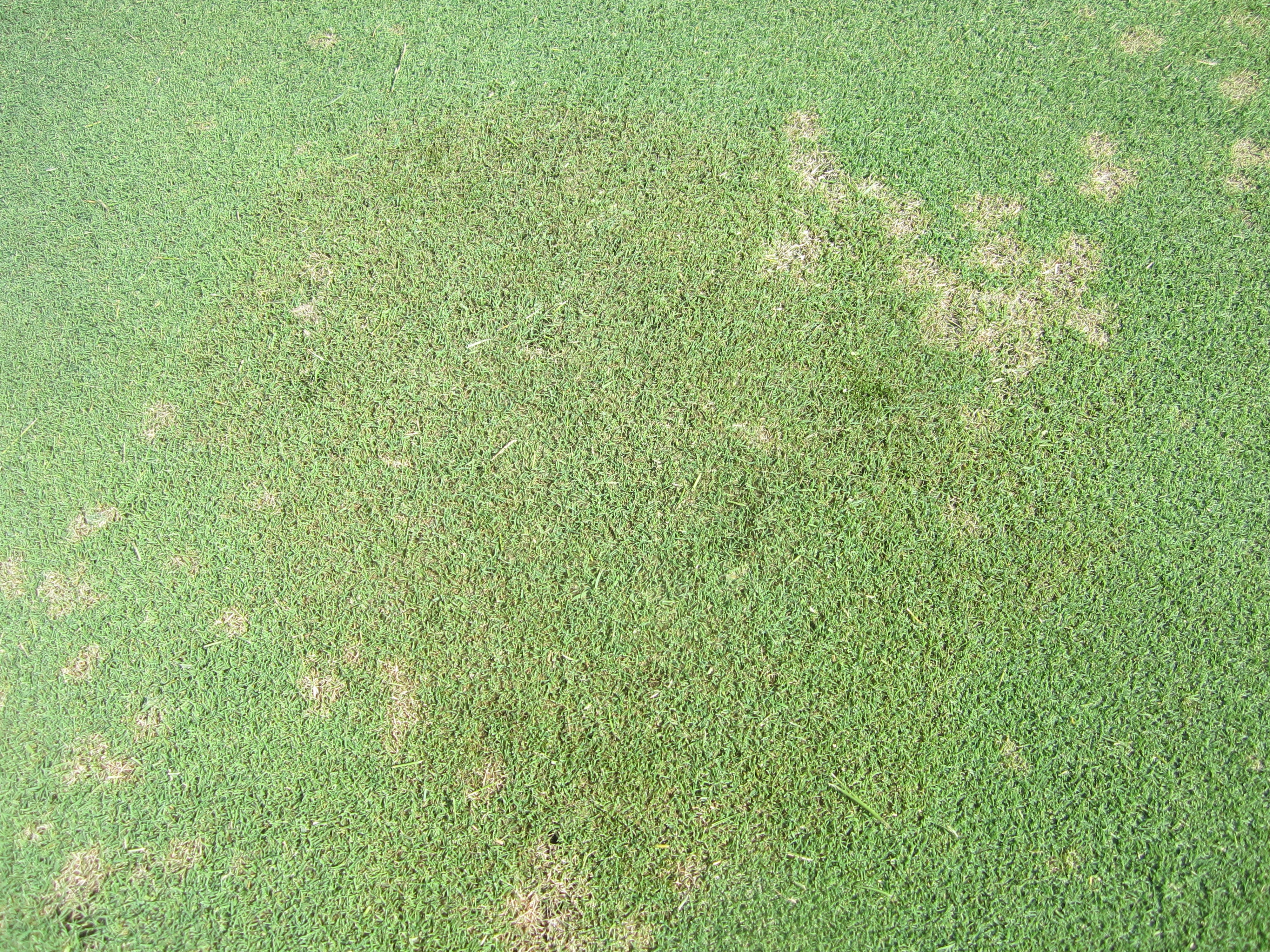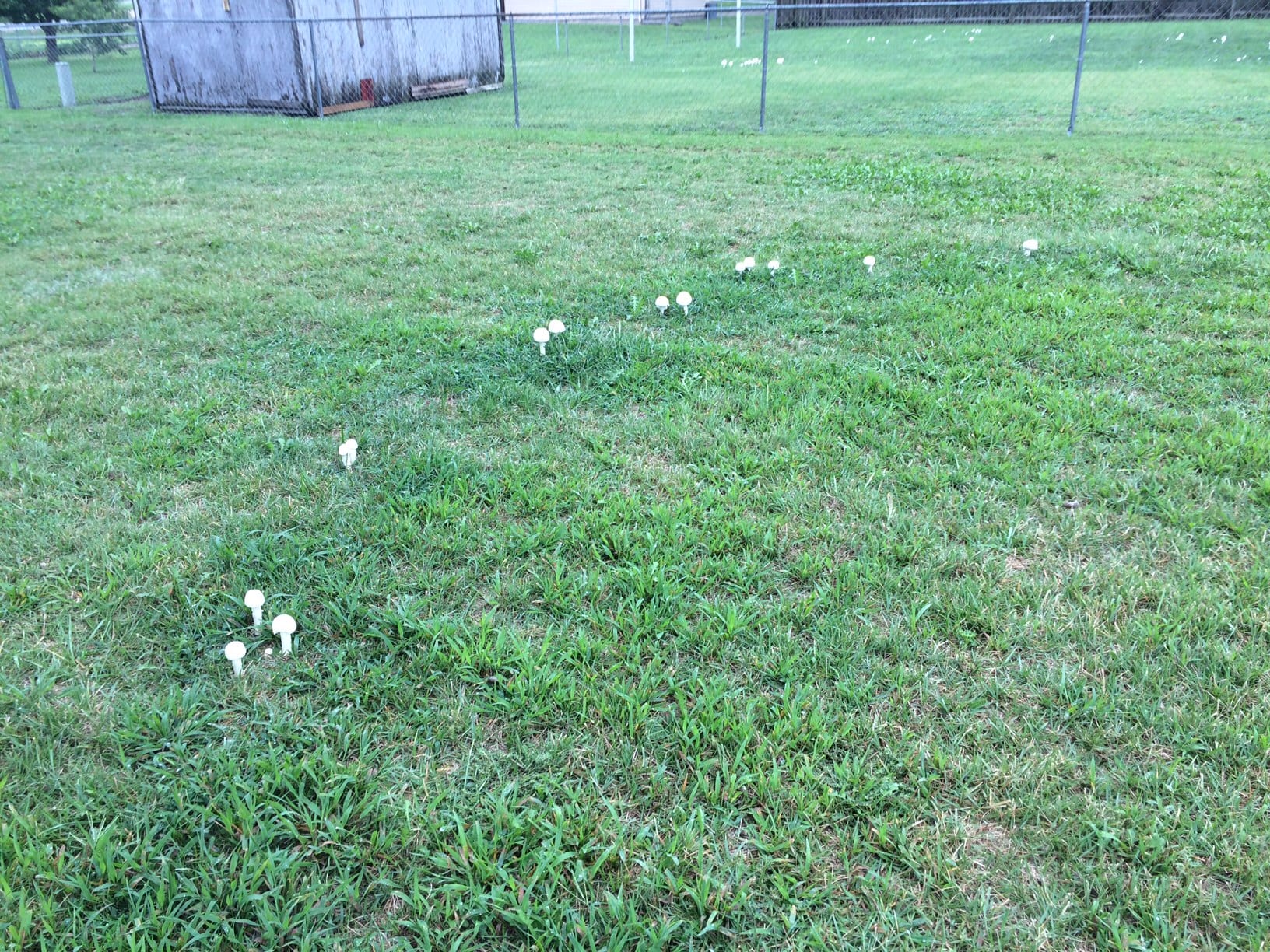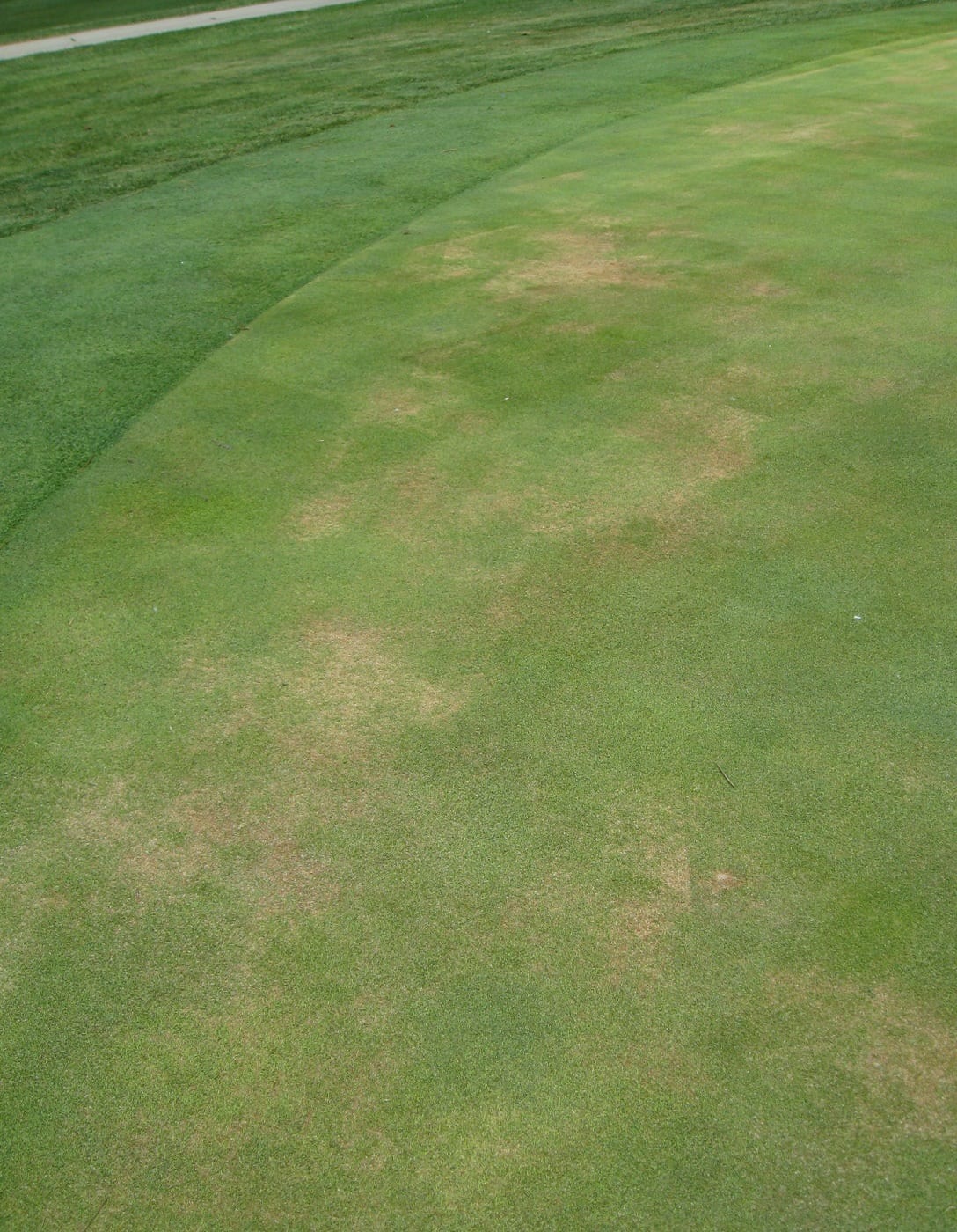(Ward Upham, KSU Horticulture & Natural Resources. Original source: http://www.ksuhortnewsletter.org/)
Pruning in August can stimulate new growth that is less hardy during the winter. But what about pruning at this time of year?
Woody plants move sugars and other materials from the leaves to storage places in the woody portions of the plant just prior to leaf fall and we would like to maximize those stored energy reserves. Even pruning later in the fall can cause a problem by reducing the cold hardiness of woody plants. Dr. Rich Marini at Penn State Extension has written , “Based on everything that has been published we can conclude that woody plants do not attain maximum cold hardiness when they are pruned in the fall. Trees are affected more by heavy pruning than light pruning.” However, this does not mean that woody plants pruned in the fall will necessarily suffer winter damage. In most cases, I think you can get away with the old adage of “prune whenever your pruners are sharp.” However, damage can occur if we have a sharp drop in temperature before plants are completely hardened off. Also, marginally hardy plants are more susceptible to winter damage, especially if pruned in the fall. Though light pruning and removal of dead wood are fine this time of year, you may want to delay severe pruning until spring.
Consider pruning to be “light” if 10% of less of the plant is removed. Dead wood does not count in this calculation. Keep in mind that even light pruning of spring-blooming shrubs such as lilac and forsythia will reduce flowers for next year. We normally recommend that spring-bloomers be pruned after flowering.
Shrubs differ in how severely they can be cutback. Junipers do not break bud from within the plant and therefore should be trimmed lightly if you wish to keep the full shape. Overgrown junipers should be removed. On the other hand, there are certain shrubs that can be pruned back severely during the spring. Rejuvenation is the most severe type of pruning and may be used on multi-stem shrubs that have become too large with too many old branches to justify saving the younger canes. All stems are cut back to 3- to 5-inch stubs. This works well for spirea, forsythia, pyracantha, ninebark, Russian almond, sweet mock orange, shrub roses, and flowering quince. Just remember that spring is the correct time to do this, not now.
(Ward Upham)
